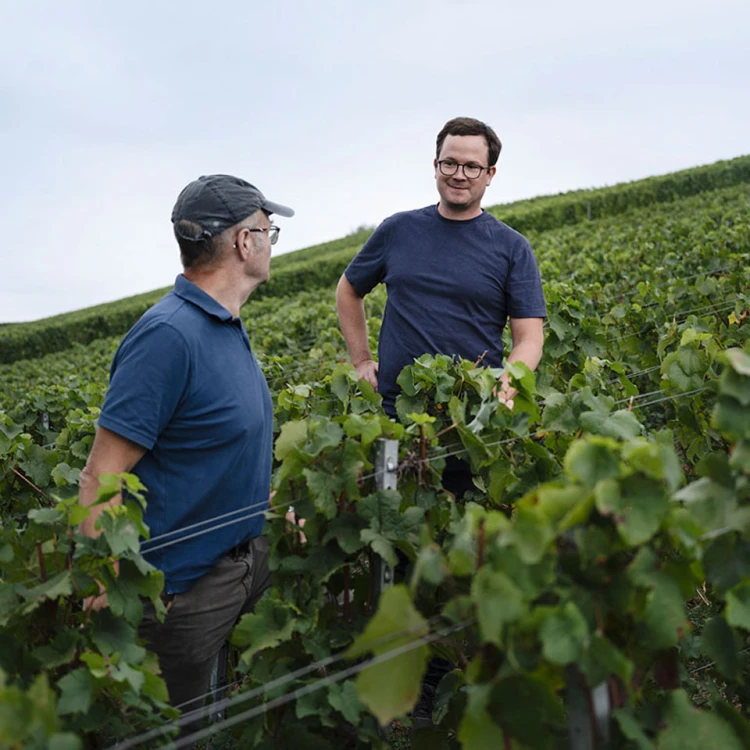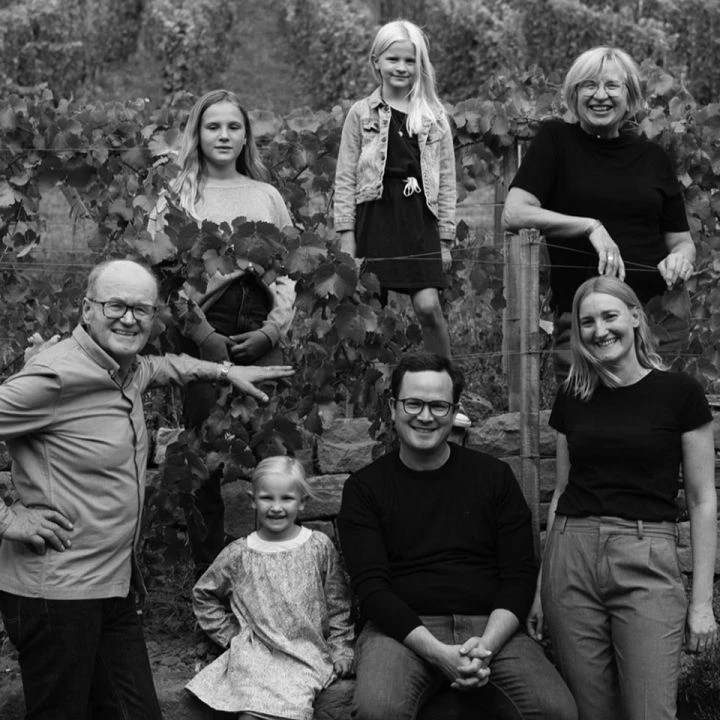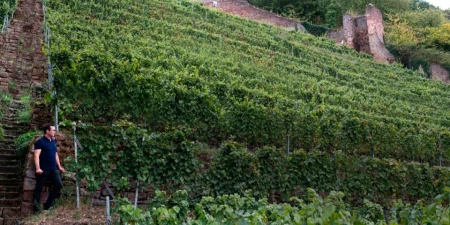Rudolf Fürst Winery
"We simply do what is best for the wine."
Paul and Monika Fürst
Paul and Monika Fürst


When people write or talk about the Rudolf Fürst winery, various superlatives quickly spring to mind. However, the true potential of the Fürst winery, which has been growing wine in Franconia since 1638, was hardly revealed to the public until the late 1980s. It is thanks to Paul and Monika Fürst, who took over the business in 1979 and reorganised it from the ground up to focus on quality and the potential of the Centgrafenberg in Bürgstadt in Churfranken. At that time, this site was virtually unknown.
Today, thanks to Paul and his son Sebastian Fürst, the vineyard is considered one of the best Pinot Noir sites in Germany.
The speciality here lies not only in the skill of the winemakers, but of course also in the terroir. The Churfranken area, which stretches from Wertheim to Aschaffenburg, is part of the Franconian wine-growing region, but differs significantly from the rest. While white wine and Silvaner take centre stage around Würzburg, it is the Burgundy varieties, especially Pinot Noir, that take centre stage in Churfranken.

The town of Klingenberg is the centre of viticulture, also from a historical perspective. The first evidence of viticulture dates back to 1261, when a Schenk von Clingenburg and Prozelten signed over vineyards to the Teutonic Knights. These included the Klingenburger Hochberg, which also played a role in a document from Himmelthal Monastery in 1298. After Klingenberg became part of the Archbishopric of Mainz in 1505, viticulture became increasingly important and the "Klingenberger" was considered one of the best wines in the Holy Roman Empire alongside the "Bacheracher" and the "Würzburger" from the Würzburger Stein.
To this day, the Klingenberger Schlossberg is a real sight to behold. It has not been replanted, some of the dry stone walls date back to the Middle Ages and the density of vines on the terraces is very high at 13,000 per hectare in some places.
In addition to the Schlossberg, the Bürgstädter Centgrafenberg and Hundsrück are the centre of attention today. The Hundsrück was first mentioned in 1525. All three sites are characterised in different ways by red sandstone and are planted primarily with Pinot Noir. It is this red sandstone that completely sets Churfranken apart from the other growing regions in Franconia, where shell limestone and Keuper dominate the soils.

Stephan Reinhardt, who rates German wines for Robert Parker, among others, recently compared their 2022 collection with that of Domaine de la Romanée-Conti and awarded the Pinot from the Hunsrück, the small neighbouring vineyard of the Centgrafenberg, 98 points. Fürst's Pinots are among the very great Pinots, not only in Germany but worldwide.
The outstanding white wines should not be overlooked, starting with the „pur Mineral“ line. And even if the focus is mostly on the Hundsrück, the Pinot Noir from the Bürgstadter Berg 1G is already a stunner.
© Images:
Rudolf Fürst Winery